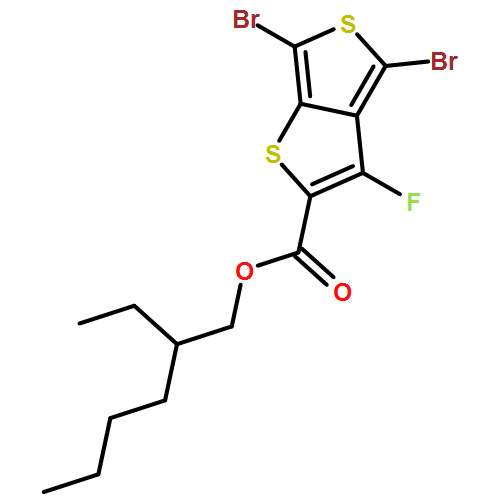Co-reporter: Thomas J. Fauvell, Tianyue Zheng, Nicholas E. Jackson, Mark A. Ratner, Luping Yu, and Lin X. Chen
pp: 2814
Publication Date(Web):April 8, 2016
DOI: 10.1021/acs.chemmater.6b00734
Organic semiconductors have garnered substantial interest in optoelectronics, but their device performances exhibit strong dependencies on material crystallinity and packing. In an effort to understand the interactions dictating the morphological and photophysical properties of a high-performing photovoltaic polymer, PTB7, a series of short oligomers and low molecular weight polymers of PTB7 were synthesized. Chain-length dependent optical studies of these oligomers demonstrate that PTB7’s low-energy visible absorption is largely due to self-aggregation-induced ordering, rather than in-chain charge transfer, as previously thought. By examining molecular weight and concentration dependent optical properties, supplemented by molecular dynamics simulations, we attribute polymeric PTB7’s unique midgap fluorescence and concentration independent absorption spectrum to an interplay between low molecular weight unaggregated strands and high-molecular weight self-aggregated (folded) strands. Specifically, we propose that the onset of PTB7 self-folding occurs between 7 and 13 repeat units, but the aggregates characteristic of polymeric PTB7 only develop at lengths of ∼30 repeat units. Atomistic molecular dynamics simulations of PTB7 corroborate these conclusions, and a simple relation is proposed which quantifies the free-energy of conjugated polymer folding. This study provides detailed guidance in the design of intra- and interchain contributions to the photophysical and morphological properties of polymeric semiconductors.


